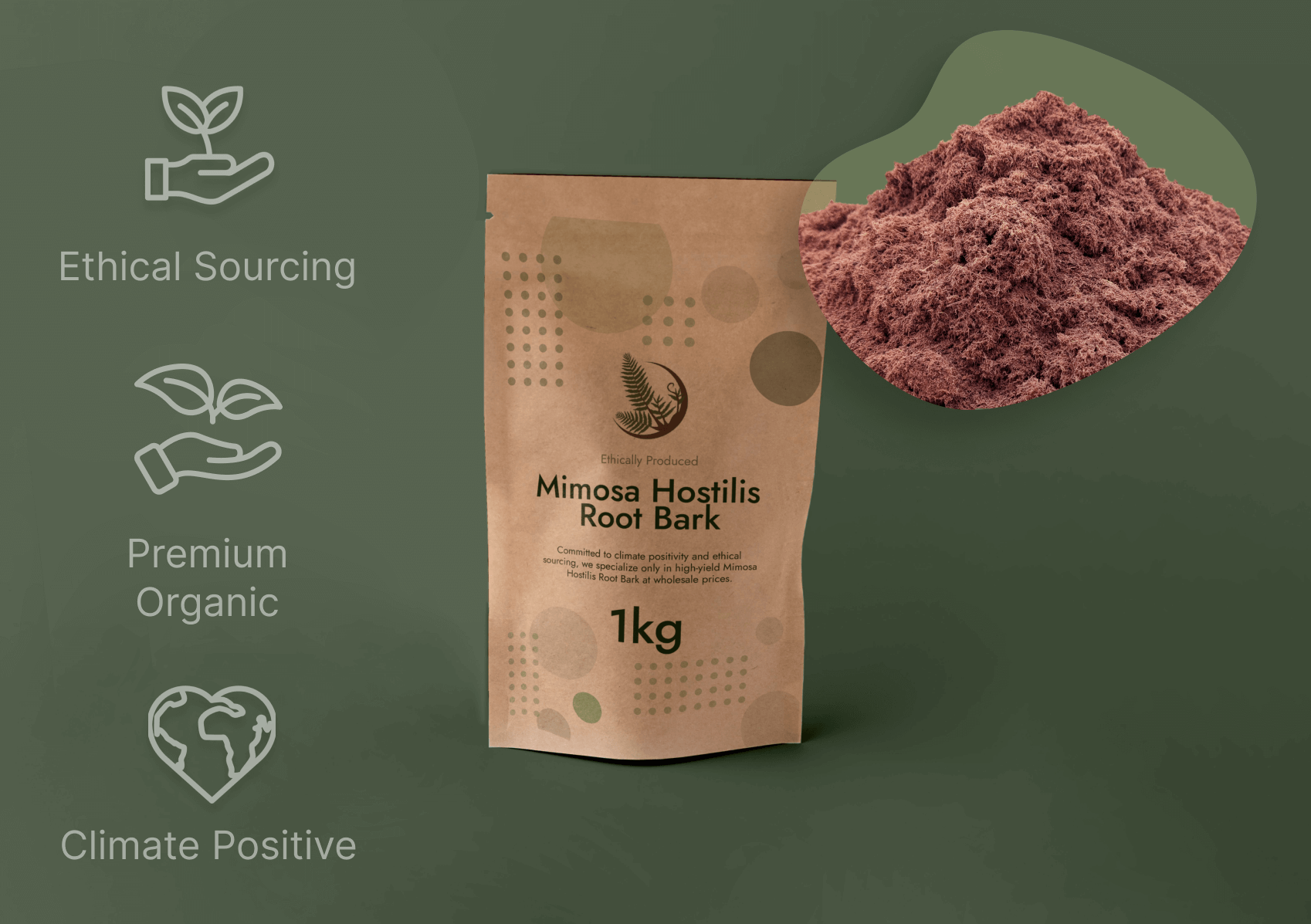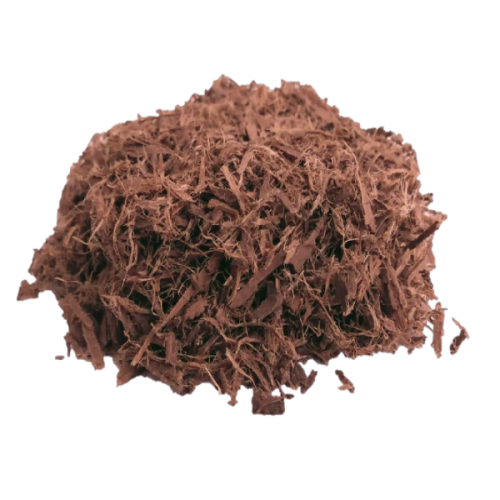Mimosa Hostilis Root Bark: A Guideline to Origins and Uses
Wiki Article

Mimosa Hostilis Root Bark holds a substantial spot in standard practices and contemporary botanical applications. This text explores the traits, origins, and common inquiries surrounding this outstanding plant substance, with a certain concentrate on the prized Brazillian Mimosa Hostilis Root Barks.
What's Mimosa Hostilis Root Bark?
Mimosa Hostilis, scientifically referred to as Mimosa tenuiflora, is often a perennial tree native to your northeastern region of Brazil and parts of Mexico. The foundation bark of the tree has long been applied for hundreds of years by indigenous communities for several simple and regular needs. The interior root bark has notable concentrations of tannins, alkaloids, as well as other phytochemicals that lead to its distinctive Attributes and applications.
The tree by itself is remarkably resilient, effective at surviving in very poor soils and drought problems. This hardiness contributes on the robust character with the bark and its chemical profile. When harvested sustainably, the outer root bark is meticulously separated to access the precious interior bark, which is then dried and well prepared to be used.
Brazilian Mimosa Hostilis Root Bark: The Gold Standard
When talking about good quality in Mimosa Hostilis products, the Brazillian Mimosa Hostilis Root Barks are commonly regarded as excellent from the botanical current market. Several components lead to this standing:
Optimum Expanding Ailments
The particular soil composition, climate, and ecosystem of Brazil's northeastern region generate excellent problems for Mimosa tenuiflora to produce its comprehensive chemical opportunity. The mineral-prosperous soils and distinct sample of rainfall and daylight Within this region seem to boost the focus of active compounds in the root bark.Standard Harvesting Information
In regions where by Mimosa Hostilis has actually been utilised usually, harvesters have made subtle techniques for sustainable harvesting that preserves the two the tree as well as potency of the bark. This knowledge, handed down by way of generations, makes certain that the bark is gathered at the right time of yr and processed employing techniques that retain its integrity.Unique Bodily Traits
Brazilian Mimosa Hostilis Root Bark commonly displays a prosperous reddish-brown to purple inner bark which has a fibrous, dense texture. The Visible properties normally serve as an initial indicator of quality, with professional end users recognizing the distinct look of bark from this region.
Frequent Applications and Makes use of
The programs of Mimosa Hostilis Root Bark span both equally regular and present day contexts, while It is essential to comprehend the legal standing of such utilizes varies by country and jurisdiction.
Conventional Craft and Exercise
Indigenous communities have historically employed Mimosa Hostilis Root Bark for developing all-natural dyes for textiles, While using the bark manufacturing beautiful shades of purple, burgundy, and deep brown. The tannin-rich Qualities also made it worthwhile for leather tanning together with other functional applications.Modern day Botanical Study
Present-day interest in Mimosa Hostilis Root Bark extends to numerous fields of botanical investigate, significantly learning its chemical composition and likely apps. Scientists have determined numerous fascinating compounds inside the bark that warrant further more scientific investigation.Horticultural and Agricultural Employs
In permaculture and sustainable agriculture, Mimosa tenuiflora is valued as a nitrogen-repairing species that will enhance soil Mimosa Hostilis Root Bark good quality. The bark alone, when processed, can be utilized being a purely natural mulch or soil amendment Mimosa Hostilis Root Bark in particular agricultural contexts.Excellent Evaluation and Identification

For the people dealing with Mimosa Hostilis Root Bark, knowledge ways to assess high quality is critical. Higher-excellent materials, notably authentic Brazillian Mimosa Hostilis Root Barks, usually reveals sure properties:
The visual appearance should present a clear distinction among the outer and interior bark, Together with the inner bark displaying deep, vivid colors. The fabric ought to have a attribute earthy, a little bit sweet aroma, absolutely free from musty or moldy notes. When processed, the bark really should generate a wonderful powder whilst maintaining its fibrous structure right until grinding. Thoroughly dried bark should be brittle but not dusty, indicating correct moisture information.
Routinely Requested Issues (FAQs)
one. Exactly what is the distinction between Mimosa Hostilis Root Bark from Brazil along with other areas?
Brazilian Mimosa Hostilis Root Bark is usually regarded exceptional due to ideal expanding situations in northeastern Brazil, which cause larger concentrations of active compounds. The standard harvesting solutions utilized During this region also lead to the general quality and potency of the ultimate products.two. How should really I retailer Mimosa Hostilis Root Bark to take care of its good quality?
Retail store the bark within a awesome, darkish, and dry location in an airtight container. Security from mild, dampness, and Severe temperature fluctuations might help maintain the bark's chemical integrity and prevent degradation of its active factors.3. Is Mimosa Hostilis an endangered species?
No, Mimosa tenuiflora is not really at present mentioned as an endangered species. The truth is, It can be noted for its resilient growth and talent to thrive in demanding circumstances. On the other hand, dependable harvesting techniques are still vital to make sure the sustainability of wild populations.four. Am i able to increase Mimosa Hostilis outside of its indigenous habitat?
Though Mimosa tenuiflora thrives very best in its native tropical local weather, it can be cultivated in comparable environments. The tree needs perfectly-drained soil, plenty of daylight, and defense from frost. Even so, the chemical profile of cultivated specimens may well vary from wild-harvested Brazilian materials.5. What is the authorized status of Mimosa Hostilis Root Bark?
The lawful standing may differ substantially by nation and jurisdiction. In some locations, the Uncooked bark is lawful to have, when in others, distinct extracts or preparations could possibly be controlled. Constantly research and adjust to regional legal guidelines and polices just before buying or making use of any botanical compound.Being familiar with Mimosa Hostilis Root Bark, specifically the high quality Brazillian Mimosa Hostilis Root Barks, needs appreciation of its botanical characteristics, common context, and ideal purposes. Whether for study, craftsmanship, or botanical study, this remarkable plant material proceeds to become a subject matter of interest across numerous fields, however normally inside acceptable legal and ethical boundaries. Report this wiki page